Rewiring your brain: unleashing the power of neuroplasticity
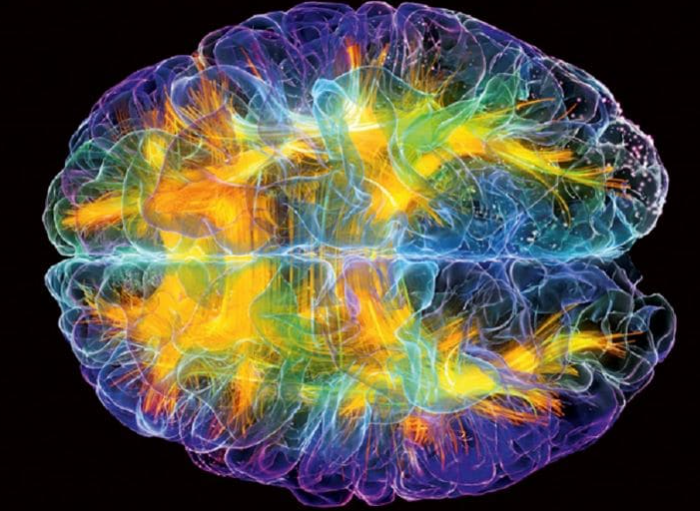
Imagine your brain as a dynamic and adaptable headquarters, constantly updating its facilities and connections. Neuroplasticity is the brain’s superpower that allows it to reshape and rewire itself throughout life. What is Neuroplasticity? It’s like a mental gym for your brain, it’s the brain’s ability to change and reorganize itself in response to new experiences, learning, and even injury. Imagine your brain as a malleable piece of Play-Doh that can be molded and reshaped, creating new pathways and connections.
Think of it this way: Just like a superhero strengthens his muscles and learns new skills to fight villains, your brain flexes its neural networks to adapt, learn, and grow. So the more you exercise your brain, the stronger and more resilient it becomes! To understand neuroplasticity, we must know the basic components of the brain: neurons. Neurons are like tiny messengers that communicate with each other through electrical and chemical signals, forming intricate networks in the brain, creating pathways for information to flow.
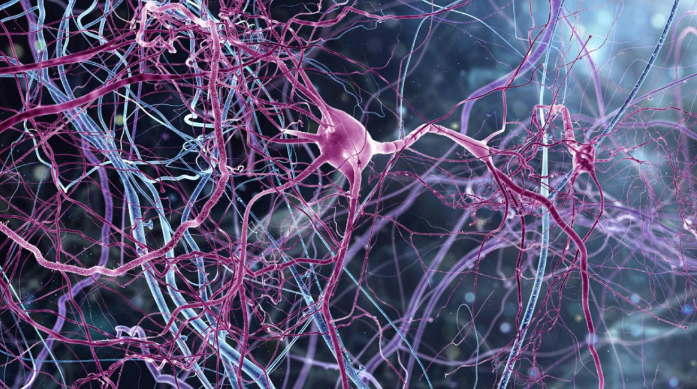
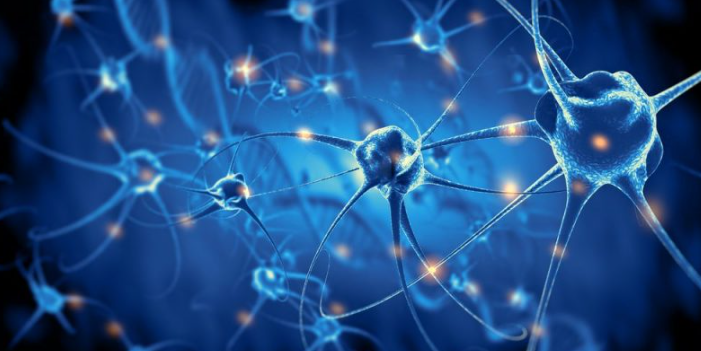
Now here’s the fascinating part: every time you learn something new, like playing an instrument or solving a complicated math problem, your neurons make new connections, forging new pathways in your brain. These connections are strengthened with practice and repetition, making the skill or knowledge stick. Pretend you’re remodeling your room and want to turn it into a cozy reading nook, you start by cleaning up the clutter, arranging the furniture, and adding some comfy pillows. Your brain functions similarly through neuroplasticity. When you engage in new activities or challenge yourself mentally, your brain goes through a remodeling process. Eliminate unnecessary connections (like tidying up your room) and strengthen the ones you use frequently (how to arrange your furniture for maximum comfort). This “use it or lose it” principle helps optimize the efficiency of your brain and improves your skills.
Learning is like a captivating performance by a magician, showing the true power of neuroplasticity, when you learn something new, your brain creates new neural pathways, linking together different areas involved in that particular skill or knowledge. For example, let’s say you are learning to play the guitar. Initially, it feels like wrestling with a spaghetti bowl of chords and finger placement, but as you practice, your brain’s magic show begins. Neurons fire, connections form, and gradually your movements become smoother, your fingers more agile, and your musical skills more refined.
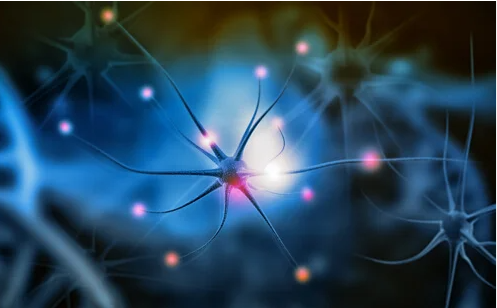
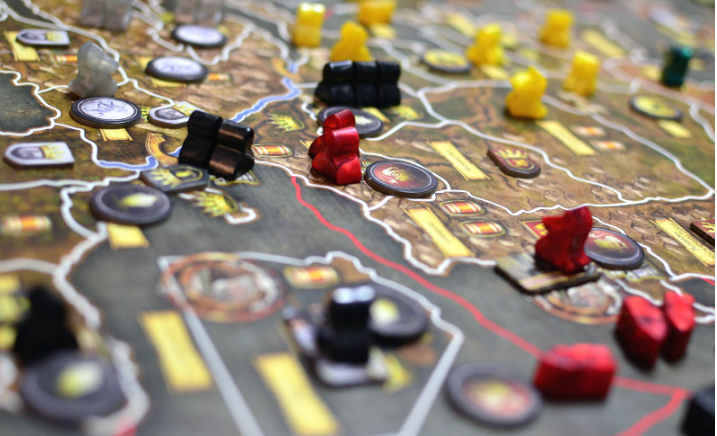
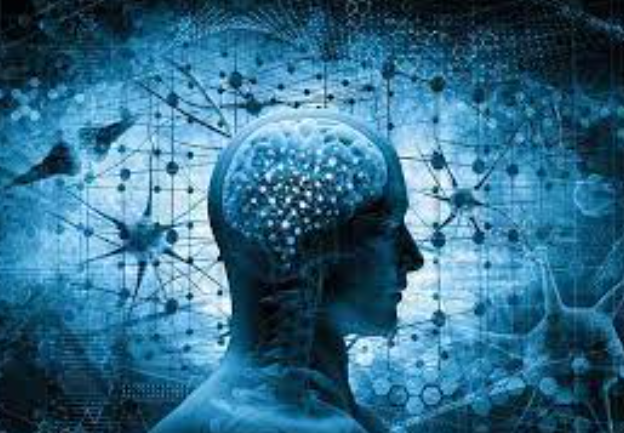
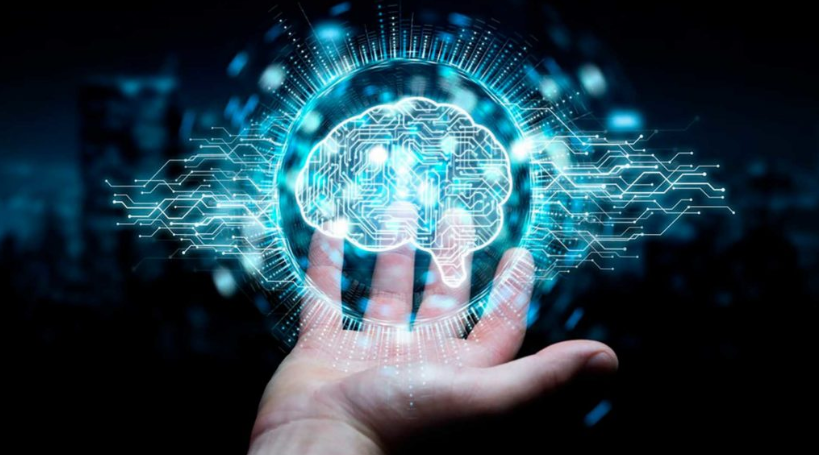
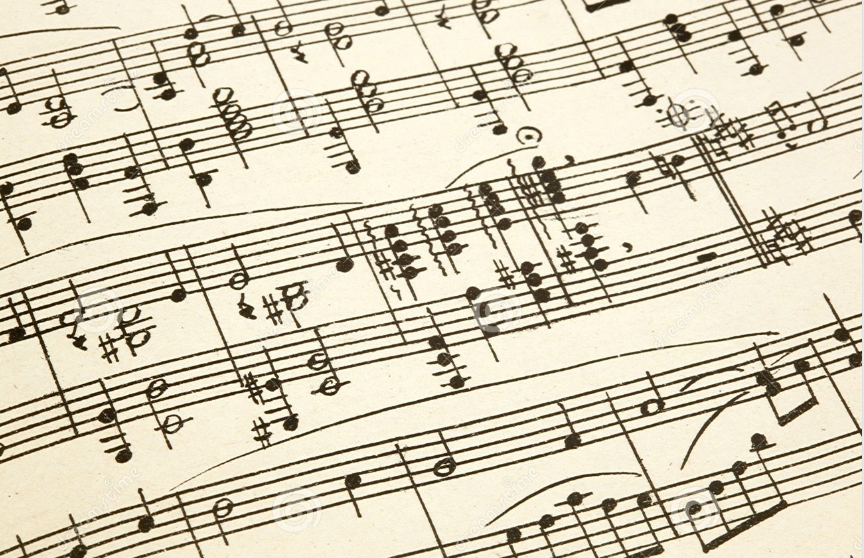
Responses